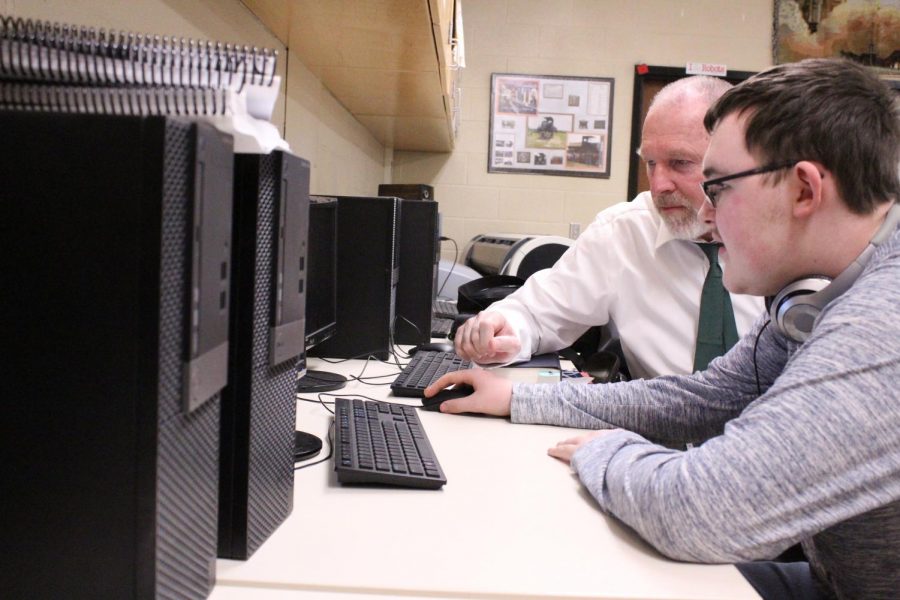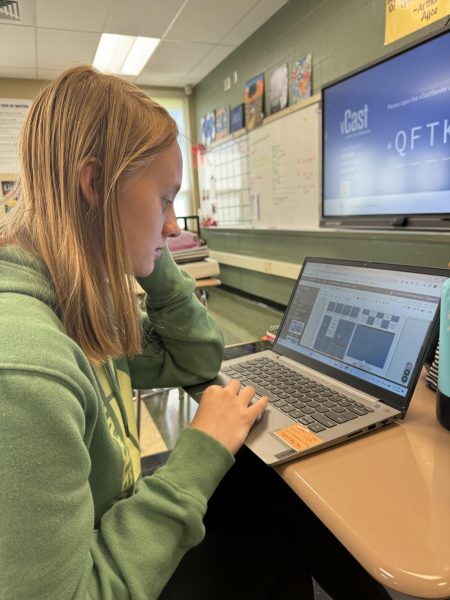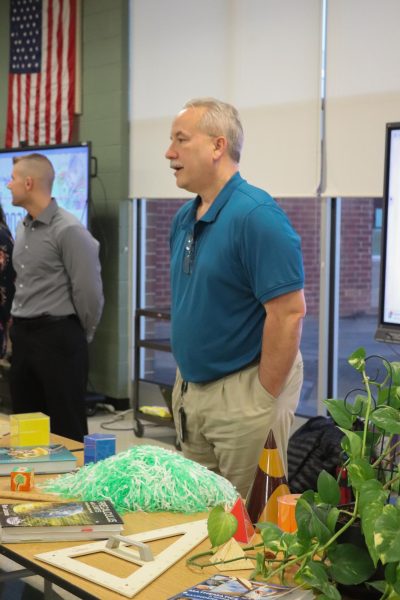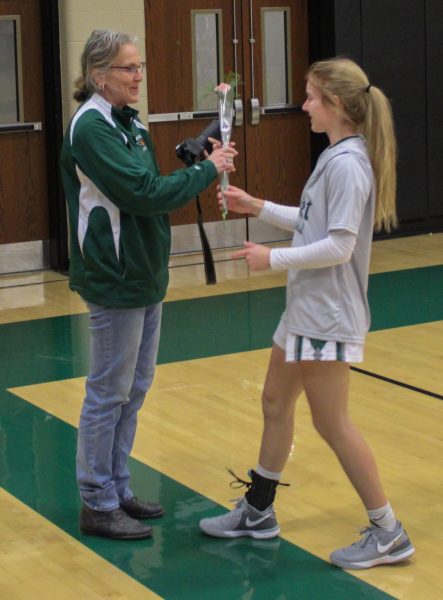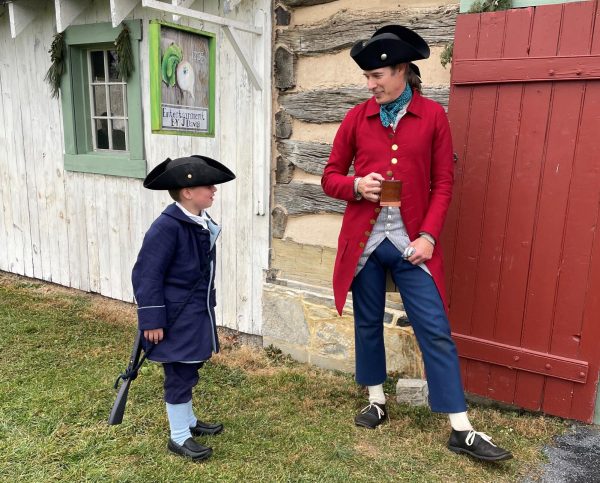Coding vs. Programming: What’s The Difference?
The two computer terms, coding and programming, are words that we often use interchangeably without giving it much thought. Yes, they are correlated with each other but we rarely dive in deep to what each individual word truly means. Simple tasks such as setting your alarm clock, changing the radio station, or pressing the buttons on a microwave could lead to something even bigger in the immense world of technology. Writing code is only the start of creating software, and programming is where the process becomes extremely complex.
The action of writing code is simply telling the computer what to do and how to function. Programming is putting all that information together and putting it to use.
“Coding would be writing individual lines of information on a computer,” said Mr. Bill Brooks (Faculty), “and when it’s all compiled together, it creates one large program.”
Although they sound similar, the jobs of coders and programmers are two vastly different things. The job of a coder is at a much more intermediate level than that of a programmer. It involves writing singular lines of code, while translating the computer language to the language you and I speak.
“When you are coding, you are truly writing the code that maybe the everyday person wouldn’t understand,” said Mrs. Erin Martin (Faculty).
As for the job of the programmer, it requires a more advanced skillset. A programmer makes sure a machine or application runs efficiently without any mistakes. Making sure there are no errors is crucial to the machine correctly running as one large program. Making an error can ruin all of the computer coding that has already been done. The coding has to already be complete so that the programmer’s job can begin.
“Before the programming can be done, somebody had to code it kind of in the background,” said Martin.
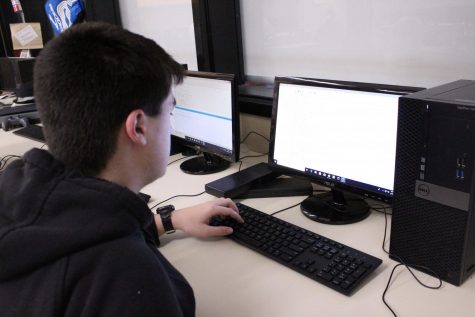
At James Buchanan High School, there is a computer science class offered that is taught by Brooks. During class, his students learn about the basic outline of coding and put it into practice. Brooks then teaches his students about compiling the codes together to make one large program. This program, if done correctly, would allow a machine to work effectively.
“We write a lot of codes to make the program run correctly,” said Brooks talking about what activities happen daily, in his computer science class.
Striving for greatness, the teachers in the technology education department hope to see a dramatic advance in the computer knowledge of students. As time passes, they feel that the coding and programming that is usually done behind the scenes, will start to be done by the consumers themselves.
“Just like, years ago, we used to hire people to do typing. Now everybody does their own typing,” said Brooks, “Presently, we hire people to code, but in the future, people are going to start writing their own codes to make programs do what they want for their unique application.”
If you have ever heard of the two terms, the line between coding and programming has always been blurred by assumption that they mean the same thing. The teachers of the technology education department, Mr. Brooks and Mrs. Martin, have been trying to teach their students the vast difference so that they may be able to do it on their own someday. They hope for the computer-based knowledge in the teenagers they teach to expand greatly as they learn more and more concepts.



